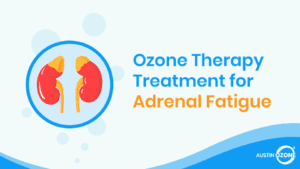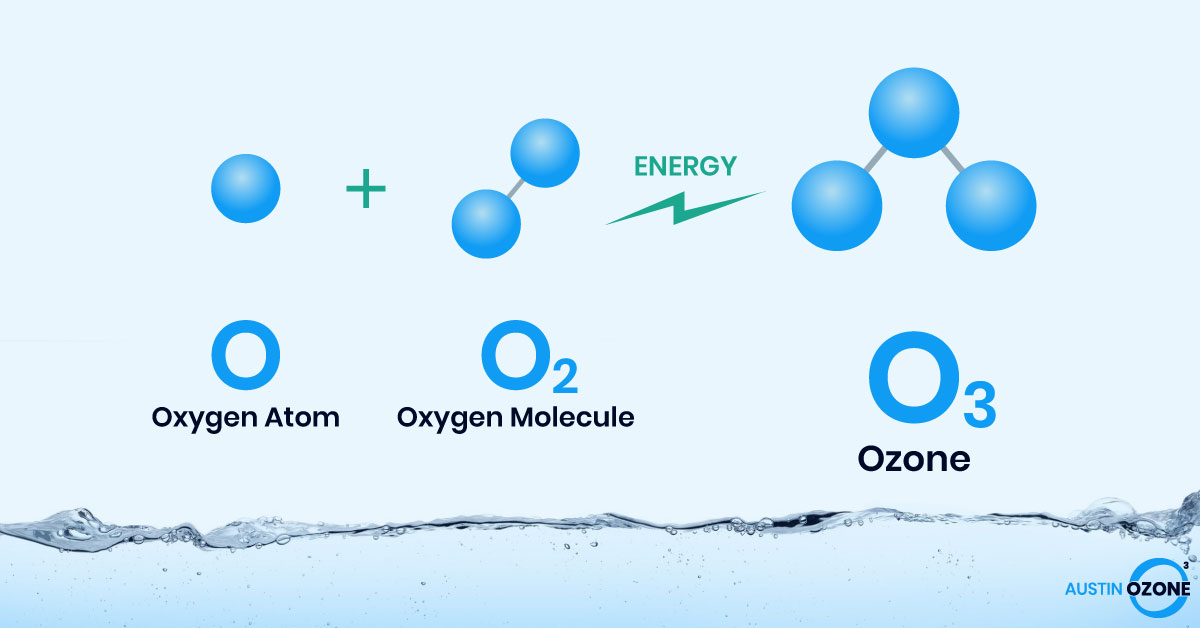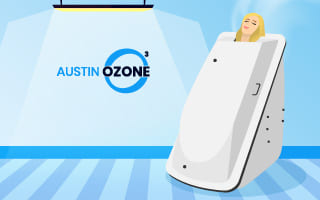Most biological molecules have two electrons in their outer orbit and are stable. Free radicals are substances that contain one electron in the outer orbit and are unstable and reactive. There are three ways a free radical can react with other chemicals. It can extract an electron from another molecule (be reduced), it can react with another free radical forming a stable covalent bond, or it can donate its electron to another molecule (become oxidized).
As a consequence, the new molecules formed in turn become free radicals and must in turn go about extracting or sharing electrons, thus forming still more free radicals. These reactions are enhanced by ions of iron, cobalt, copper and nickel (commonly increased for instance in the haemolysis of blood).
The site of free radical production takes place at the mitochondrial level from either ischemia (less O2) or excessive functional demand on the cells (again poor oxygen utilization).
These free radicals damage cells by literally punching holes in them (damaging the cell membrane), and damaging DNA.
However, as the ozone molecule reacts with substances in the body, such as reduced glutathione, it gives rise to an unstable O3 molecule which ultimately results in the generation of a hydroxyl radical, the most potent oxidant known in chemistry.
Paracelsus was the first physician to observe that like cures like. For example, vaccines (the injection of microbes) kill microbes by stimulating a process that allows the body to eradicate the offending microbes. And so it is with medical ozone.
The Arndt-Schultz phenomenon states that a substance is stimulating in a small dose, modulating in a larger one, and suppressive in a still larger dose. And again, so it is with medical ozone.
Finally, the state of free radical oxidant stress is caused by a lack of free radical buffering ability that is really the cause of the build-up of excess free radicals. Medical Ozone “turns on” the free radical buffering systems and remedies this problem.
In a paper published in early 2004 in the journal “Science”, a group of researchers from Scripps Institute in San Diego, California, has demonstrated that all antibodies appear to make medical ozone.
The feature characteristic to all chronically ill patients is that they produce insufficient energy. This is seen as a lowered core body temperature, decreased ATP production, and lowered basal metabolic rate. Assuming that there is normal cardiopulmonary function and no anaemia, possible causes of deficient energy metabolism are;
Energy in the body is derived from fats, carbohydrates (glucose), and proteins, but no matter the source, products of their metabolism ultimately end up in the citric acid cycle.
The amount of energy released from one mole (180 grams) of glucose is 686,000 calories. Of these, 230,000 calories are used for heat and 456,000 calories can be stored in the form of ATP, adenosine triphosphate, the primary energy currency of the body. ATP is present everywhere in the cytoplasm and nucleoplasm of cells. Essentially all physiological mechanisms that require energy obtain it from ATP and another high energy phosphate, guanosine triphosphate. There are two high energy phosphate bonds per ATP molecule, and the energy released from one of these high energy phosphate bonds under normal body conditions is 12,000 calories.
There are four phases of glucose metabolism in the production of energy in the form of ATP.
The first stage is glycolysis, which yields pyruvic acid and 2 molecules of ATP from each molecule of glucose and releases four hydrogen atoms.
The next stage is the formation of acetylcoenzyme A, accomplished by combining the pyruvic acid with coenzyme A, a derivative of pantothenic acid. This reaction forms no ATP but releases four hydrogen atoms, which later are used to create more ATP in the citric acid cycle and electron transport chain.
Acetylcoenzyme A initiates the citric acid cycle. The citric acid cycle releases sixteen hydrogen atoms. These hydrogen atoms must be transferred through the eight steps of the citric acid cycle. This is carried out by nicotinic adenine dinucleotide (NAD+). Each NAD+ is converted to NADH in three steps of the citric acid cycle. FAD is converted to FADH2 in step six of the cycle similar to the production of NADH. Buildup of pyruvic acid (caused by inadequate oxygen) and NADH stop the glycolytic process. For each molecule of glucose the citric acid cycle occurs twice, giving the net production of two more molecules of ATP.
In the upper atmosphere ozone layer protects earth from harmful effect of a certain ultraviolet wave length from reaching earth (20-30 kilometers from earth). In the lower atmosphere ozone protects man from pollution by hydrocarbons by reacting with them leading to the formation of non-toxic CO2 & H2O.
FAD and NAD are supplied by oxidative phosphorylation, the major source of energy production in the body. This catalyzes the reduction of hydrogen and formation of water, releasing ATP. NADH and FADH2 are supplied by the citric acid cycle, and thus oxidative phosphorylation and the citric acid cycle are mutually dependent. When one system slows down, so must the other. In chronically ill patients it is found that there is a lowered NAD/NADH ratio signifying a blockage, so to speak, at the level of oxidative phosphorylation. By using medical ozone to oxidize NADH to NAD and FADH to FAD increased levels of coenzyme A are available to fuel the citric acid cycle and oxidative phosphorylation. Some studies have shown a total increase of 40% in ATP production after ozone therapy and an increase in lowered NAD/NADH ratios found in all ill persons.
It should be noted that the best source of acetyl CoA is from fat metabolism. Acetyl CoA only lasts 2 hours in the system. As we grow older, fat metabolism becomes more inefficient and we burn glucose instead to form acetyl CoA. Glucose is more easily exhausted and thus so is the older patient who complains of brain fatigue. Also, the brain can only generate acetyl CoA from glucose, not from fat.
Decreased mitochondrial function may be caused by insufficient coenzyme A production from glucose resulting in the accumulation of excess lactic acid responsible for the tiredness and acidosis of the chronically ill. There may also be decreased coenzyme A production via fat metabolism. Insufficient coenzyme A leads to the suppression of the citric acid cycle. Also, a decrease in oxidative phosphorylation can be initiated by viruses, heavy metals, pesticide and petrochemical sensitivity, and autoantibodies. By oxidizing NADH and FADH2 to NAD and FAD, medical ozone can correct all these mitochondrial lesions. This process is best carried out by Major AutoHemoTherapy (MAHT).
During glucose breakdown from glycolysis through citric acid cycle, 24 hydrogen molecules are released. Twenty of these hydrogen molecules are converted to ATP by oxidative phosphorylation in the chemiosmotic process of the electron transfer system. During this process, up to 3 ATP molecules per each 2 hydrogen molecules are released, generating an additional 30 ATP molecules.
The remaining four hydrogen molecules are also released into the chemiosmotic system to generate 4 more ATP molecules. In total, from glycolysis, acetylcoenzyme A production, the citric acid cycle and the electron transfer system, 38 molecules of ATP are formed from each molecule of glucose being processed by this four step process. The citric acid cycle also is oxygen dependent. Without oxygen the citric acid cycle cannot be completed. More importantly, without oxygen, the initial step of acetylcoemzyme A production from pyruvate cannot happen. In the absence of sufficient oxygen, pyruvate is turned into lactic acid instead of forming acetylconezyme A, a process which to generates only 6 molecules of ATP and does not allow the utilization of glucose to proceed through the citric acid cycle and the electron transport process.
Another way in which medical ozone exerts its therapeutic effect is the activation of the immune system. Here we see the physiological release of cytokines (interferones, interleukins, and tumour necrosis factor). It has been shown that the dose of medical ozone responsible for maximum release of cytokines is 78 gamma. This suggests that medical ozone has an indication for diseases accompanied by an immune deficiency, such as an additional therapy for types of cancer.
Medical ozone also activates red blood cells by increasing ATP and 2, 3 diphosphoglyerate which more readily allows oxygen to be released from haemoglobin and thus more available to tissues. Here the indication for medical ozone could be for any circulatory disorder, peripheral or central (e.g. cerebral arterial).
Another group of chemicals activated by medical ozone are enzymatic antioxidants and radical scavengers such as super oxide dismutase, catalase, and reductase, are induced and activated, thus increasing the organisms antioxidative capacity. The mechanism of this process has been shown to be the enhancement of the glutathione peroxidase system. The glutathione peroxidase system is primarily responsible for the antioxidant buffering system of the body, although we also have superoxidases, catalases, and reductase. Increased production and enhancement of these systems is stimulated by treatment with medical ozone. In this scenario, vitamin E and C can only support these antioxidant buffer systems but by themselves cannot correct the basic lesion. Therefore medical ozone is beneficial for treating inflammatory processes such as arthritis, strained muscles, trigger points, vascular diseases, and aging. Medical ozone also directly kills microorganisms.
If you are wondering, “Could these phenomena be due to oxygen alone?” The answer is no. Research has shown that only the addition of medical ozone will cause or enhance the above mentioned phenomena.





